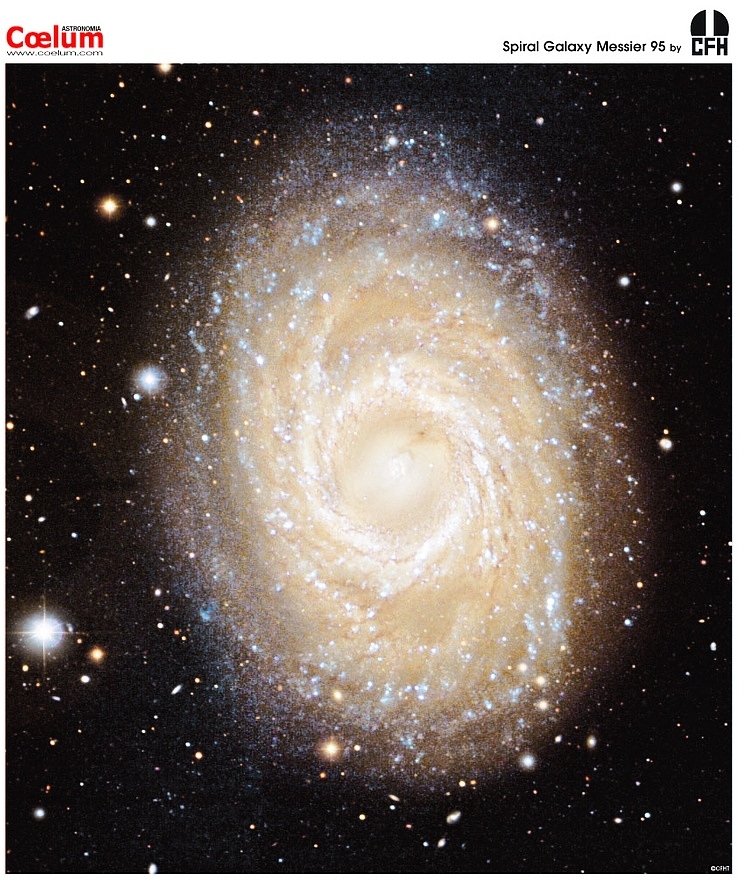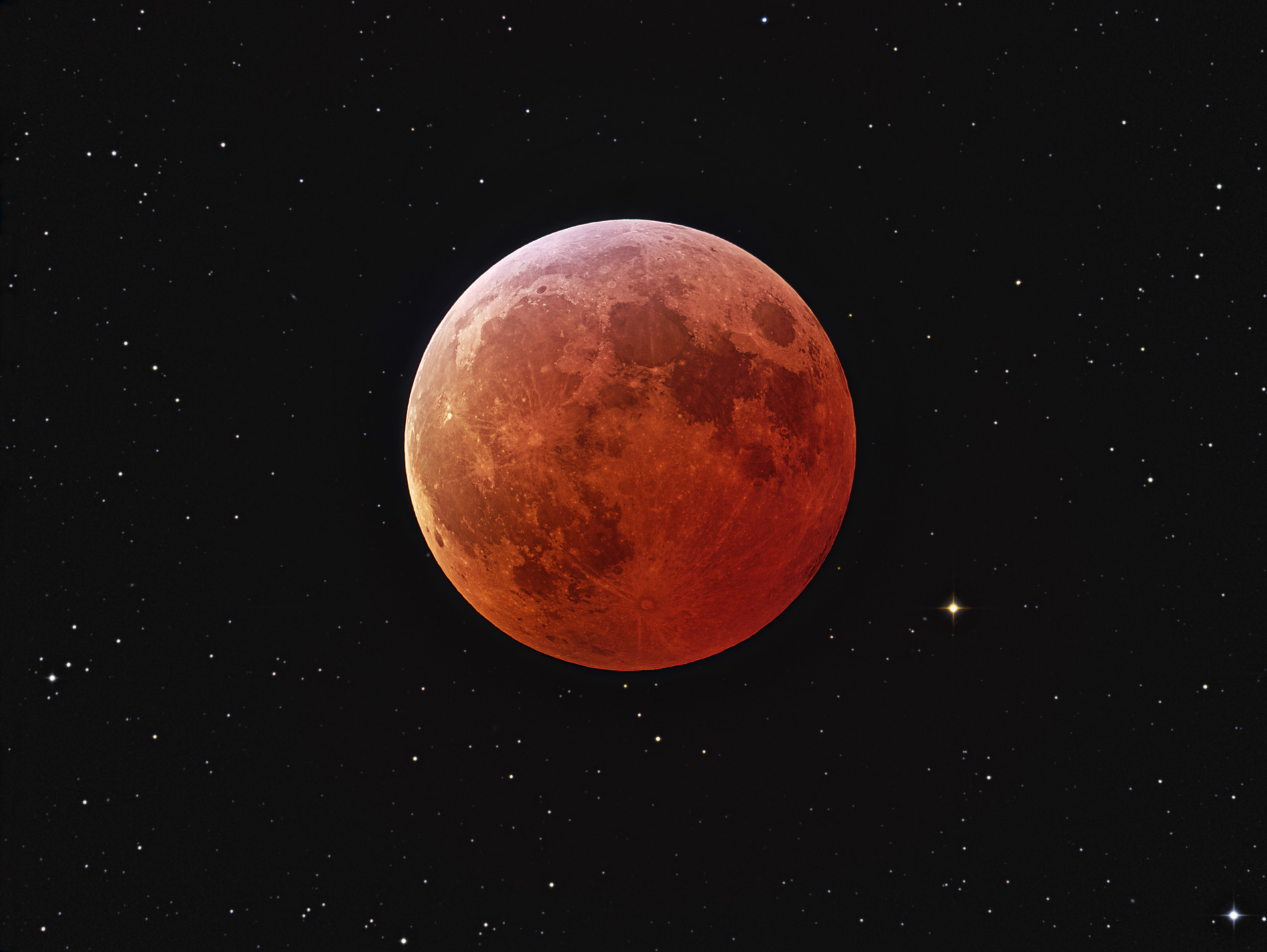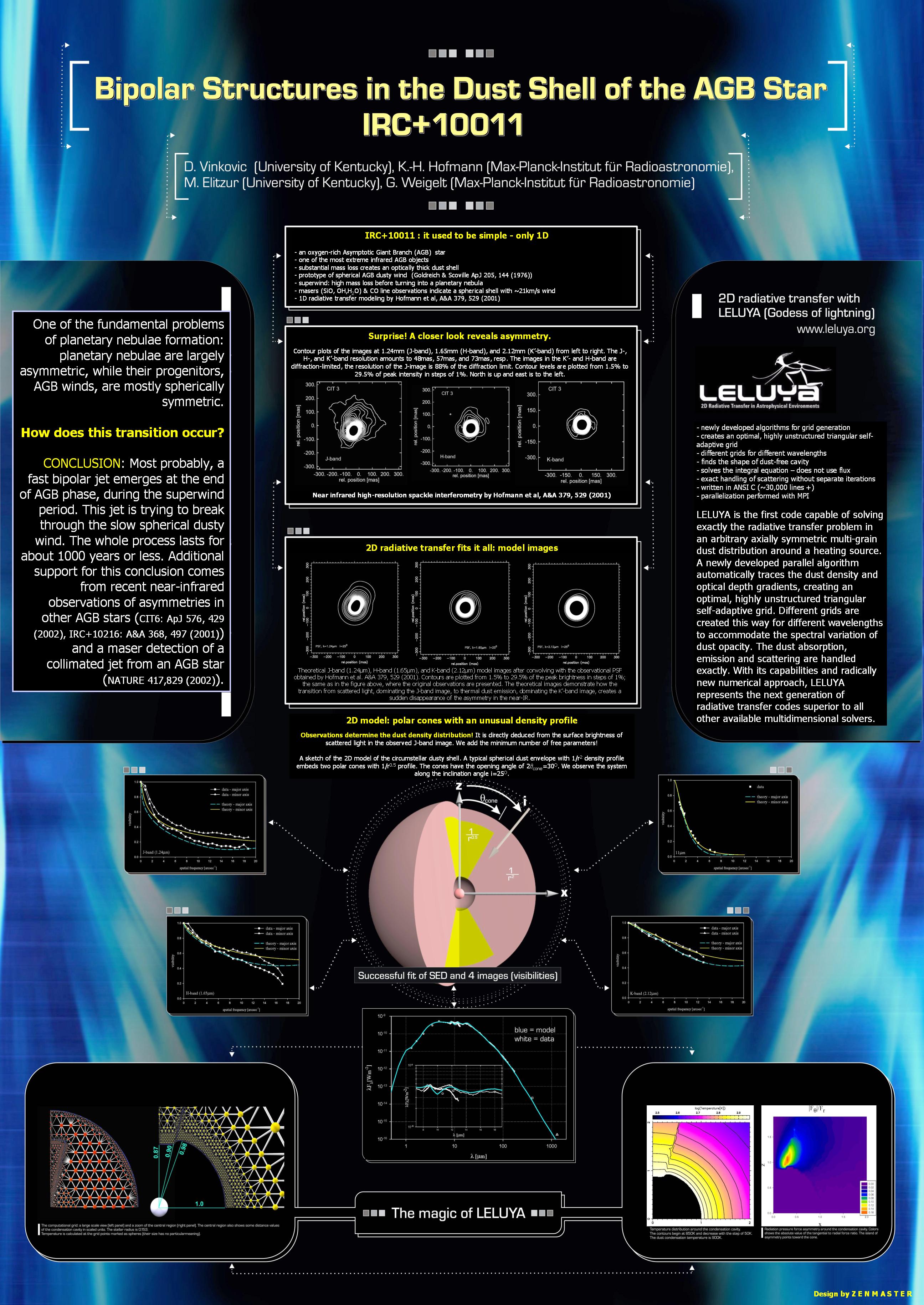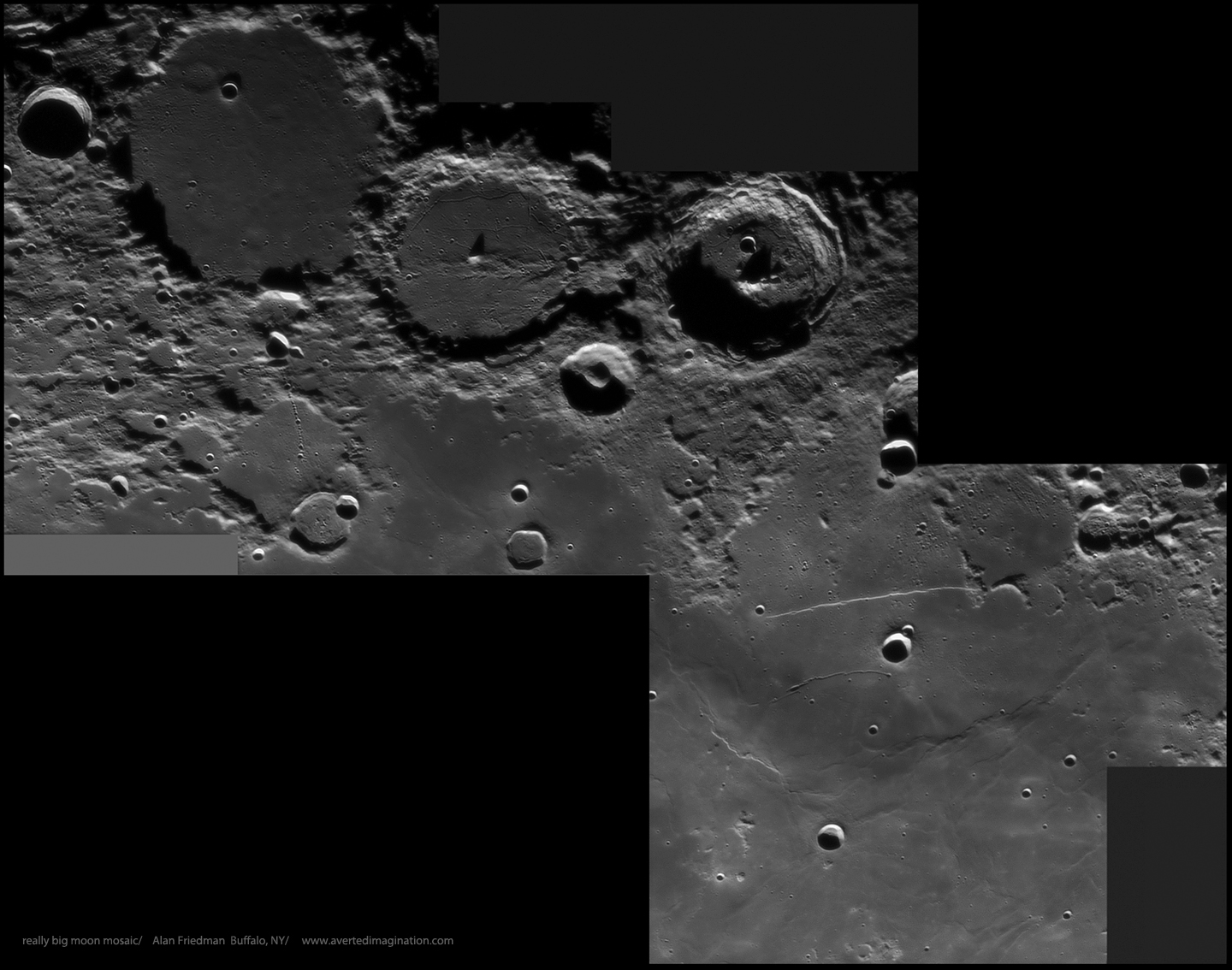My good friend Matt Scudder was chilling at my house waiting for a ride home on the night of March 5. We decided to get out of my house(we have a kitchen remodel going on... its very dusty) , so we went into my yard to see who could do the better front flip/handspring. A few minor injuries later, we decided to have an astronomy observing session. There were no clouds, but lots of light pollution. We identified, Gemini, Taurus, Orion, and Canis Major. The stars we identified were castor, pollux, beteljuice, rigel, bellatrix and a few others. Matt pointed out the Hyades, which I never noticed before. I pointed to the obvious star Sirius as it was obnoxiously bright. We were out there from about 7 to 9 identifying stars and arguing over whether or not Taurus had visible horns. We made note of how much larger they are in the sky, then they are on sheets of paper, and star lab. Even though the ratio of size should be the same it just doesn't compare to the real thing. Most other constellations were not visible due to the light pollution. I saw one meteor, and I think Matt saw a few. We never saw the same one though, ironically enough. No mosquito bites, a few bruises(my knee still hurts), and a good observing session.
 The Galaxy cluster Abell 2667 has a very curious appearance. The galaxy appears to be stretched like laffy taffy. To start, most of the yellow objects are members of one cluster. Each distorted galaxy is gravitationally lensed by Abell appearing like someone would look though a wine glass. The picture is taken from Hubble telescope.
The Galaxy cluster Abell 2667 has a very curious appearance. The galaxy appears to be stretched like laffy taffy. To start, most of the yellow objects are members of one cluster. Each distorted galaxy is gravitationally lensed by Abell appearing like someone would look though a wine glass. The picture is taken from Hubble telescope.











